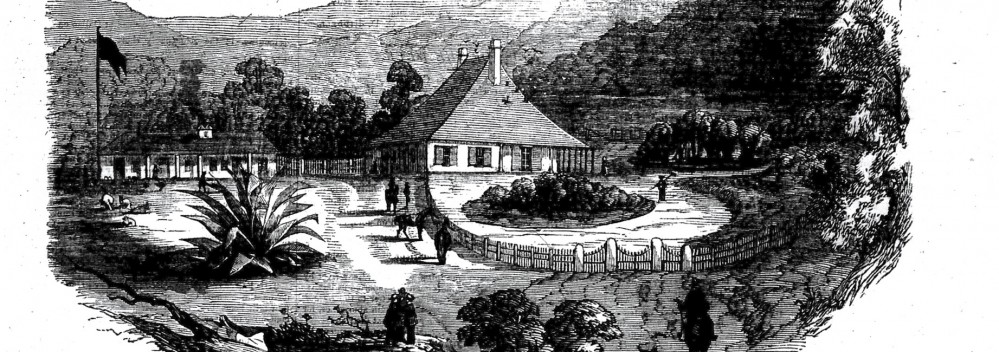Rivers of any size in Australia are usually named after either the explorers who found them (or was guided to them by a local) or the Governor who was in office at the time that explorer (often a paid surveyor for that Governor) was doing the exploring. Thus the Hunter River is named after Governor Hunter and the Paterson after William Paterson who was one of the party on board the Lady Nelson that explored the rivers inland from what is now Newcastle in 1801.
But who was Williams? A simple question without a simple answer. In fact the Williams River is named after a laziness in pronunciation. Beginning as the River William, this tributary of the Hunter was often written and presumably spoken as Williams’ River. Gradually the apostrophe was dropped and, probably sometime in the 1850s, the Williams River became standard.
So the question becomes: Who was William? It is sometimes suggested that it is King William IV after whom the river is named. But he did not become king until 1831 well after the River William is noted. Before his coronation he was known as the Duke of Clarence – hence Clarence Town – and did not even become first in line to the throne until 1827. It is true that in his younger days he was titled Prince William but he became the Duke of Clarence in 1789, well before the visit of the Lady Nelson in 1801, and his personal names ‘William Henry’ were not commonly used.
In fact, the accounts of the 1801 exploration of the Lady Nelson mention no William at all, only the Hunter and Paterson Rivers are mentioned (though actually referring to our Williams and Hunter Rivers), with the now Paterson River explored on a subsequent trip. Once the rearrangements of names are allowed for, where did the name William come from?
That William is a personal male name makes it unusual in that the convention was to use women’s personal names only – Mount Ann and Mount Elizabeth were named after the wives of both Governor Hunter and Colonel Paterson on the same 1801 trip. Only the family names of men were used, such as Mount Grant after the captain of the Lady Nelson. Occasionally the personal name of someone’s son might also be used. Thus Lake Lachlan (a swamp now long since drained) at Maitland was named after Governor Macquarie’s son in 1818. Was William someone’s son?
A further confusion is that for many years the Williams and Paterson Rivers seem to have been simply called the First and Second Branch of the Hunter. Governor Macquarie in his journal of 1818 never calls the Williams anything but the First Branch. To make matters even more confusing an account in The Australian of February 3rd, 1827 also called this river the First Branch, but adds that it was “anciently called Williams’ River”. Yet it is from this point on that William’s River, Williams’ River, even Williams’s River, and then finally Williams River is used. (The same year William Duke of Clarence became heir to the throne.)
Certainly the Rev John Dunmore Lang, who visited the area soon after this, knew the river as Williams’ River. Lang, or those such as his brother who lived on the Paterson River, believed that both the Paterson and the River William were in fact both named after William Paterson. If not this unlikely double naming, what are the alternatives? Did Governor King name the River William after William Pitt, long-term Prime Minister until 1801 and again the British Prime Minister from 1804 until his death in 1806? Or perhaps William Bligh when he arrived in 1806 obtained this favour only to have his subsequent unpopularity lead to the name being ignored? Or did the death of William Paterson on his way back to England in 1810 lead to the unusual favour of a double naming of rivers? In all these cases the use of the personal name rather than Pitt or Bligh as in the Sydney streets is unusual, as would be Paterson’s having a second river.
Is the solution that the Williams River is in fact named after a Gringai man with the native name of Willim?
